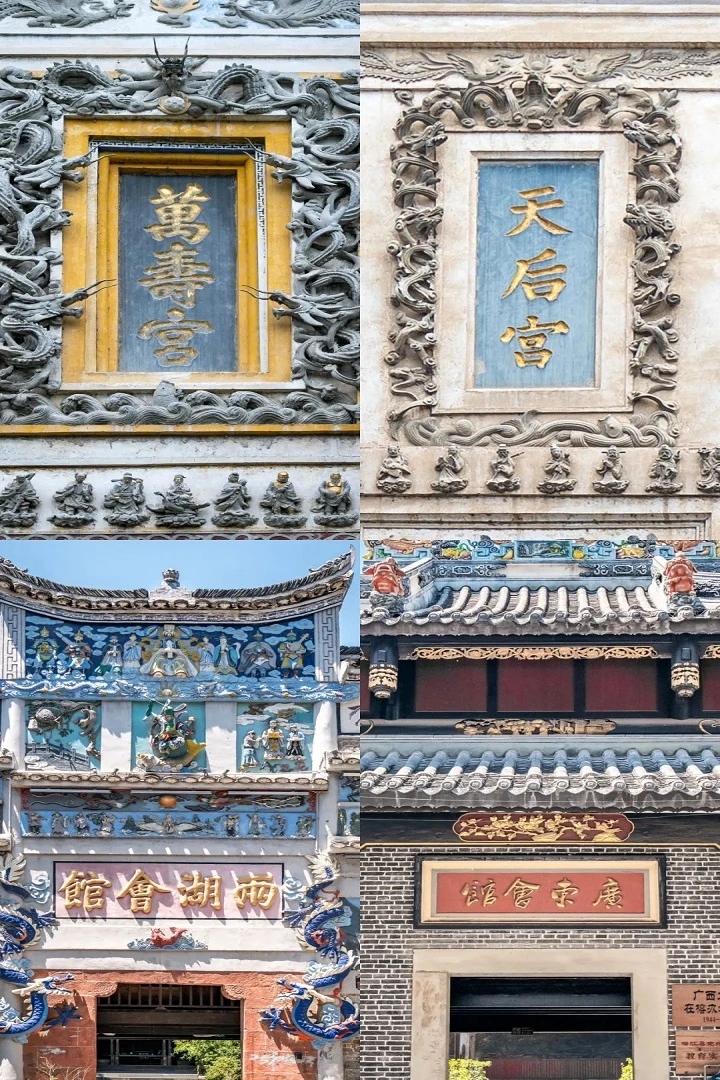Imagine tracing the path of the G60 Shanghai-Kunming Expressway on a map of China, stretching over 2,353 kilometers from Shanghai to Kunming. Particularly captivating is the 587.3-kilometer segment that winds through Guizhou province, a region steeped in history and cultural significance.
This stretch of road, a vital artery of southwest China, is built upon ancient routes that have served various dynasties. Over 2,000 years ago, the Chu general Zhuang Qiao traveled from the banks of the Yuan River to the Yunnan-Guizhou Plateau. By the Yuan dynasty, the east-west routes through Guizhou became the main lines connecting the southwest with the heartland of the empire. During the Ming and Qing dynasties, these routes facilitated the flow of salt, copper, lead, and other minerals. The importance of these roads persisted through the Second World War, becoming critical supply lines for the southwestern front.

The Ming Dynasty's Strategic Vision
The most dramatic chapters of this road's history are tied to the Ming dynasty, particularly to the founder, Zhu Yuanzhang (Emperor Hongwu). After subjugating the Yuan loyalists in Yunnan, the Ming military firmly established control over this strategic corridor. This move not only solidified the route as a critical supply line but also laid the foundation for the creation of Guizhou province. The Ming military strategy involved stationing troops who simultaneously served as farmers and soldiers, creating a network of fortified settlements known as "tunbao (屯堡)."
The tunbao settlements were small military colonies established to maintain control and cultivate the land. These settlements, likened to spinning spindles, wove a complex and resilient tapestry of military and agricultural communities, forming the bedrock of Guizhou's integration into the Ming empire.
The Formation of Guizhou Province
Before the Ming dynasty, Guizhou did not exist as a province. Its strategic significance was recognized only in the early Ming period. To understand this shift, we need to rewind over a century to the late Southern Song dynasty.
The Southern Song, confined to the southern banks of the Yangtze River, faced the relentless pressure of the Mongol invaders. The Mongols, adept at encircling and overwhelming their enemies, devised a plan to control the Yunnan region, thereby outflanking the Southern Song's defenses. The Song response was to fortify the southwest, particularly around the city of Chongqing. Despite their efforts, the Mongol conquest of Dali sealed the Song's fate, leading to their eventual downfall.
Upon establishing the Ming dynasty, Zhu Yuanzhang faced a similar threat in Yunnan, where the remnants of the Yuan loyalists held out. In 1382, he launched a massive military campaign, the "Campaign to Pacify Yunnan," led by generals Fu Youde, Lan Yu, and Mu Ying. This campaign, involving 300,000 troops, was a decisive victory that extended Ming control over Yunnan and secured Guizhou as a critical support base.
Post-conquest, the Ming dynasty focused on strengthening their hold on Guizhou by building roads and relay stations, expanding the military presence, and establishing administrative centers. By 1398, a vast network of 24 garrisons, 69 relay stations, and 28 post stations had been established, turning Guizhou into a key strategic area for the Ming dynasty.
The Legacy of Tunbao
The tunbao system was a cornerstone of Ming military and agricultural policy. Each garrison (wei) comprised 5,600 soldiers, subdivided into smaller units. These soldiers, and their families, cultivated the land and maintained military readiness, creating self-sustaining communities. This model allowed the Ming dynasty to maintain a substantial military presence without overburdening the local populace with taxes.
The settlement of Guizhou by Ming troops and subsequent migrations formed a unique cultural and historical legacy. Among these settlers was Guo Cheng, a distinguished general who became a central figure in the region's history. Known as "Guo the Tiger," he played a crucial role in pacifying the area and integrating it into the Ming administrative framework.
By 1413, Guizhou was formally established as a province, the thirteenth in the Ming empire. This marked a significant milestone in the region's history, with its administration and military overseen by appointed officials and local chieftains, ensuring both governance and defense.
Cultural Heritage and Modern Echoes
Today, Guizhou's tunbao culture remains vibrant, particularly in cities like Anshun, a hub of historical and strategic importance. Anshun, known as the "throat of Yunnan and the belly of Guizhou," played a pivotal role during the Ming dynasty. The city's legacy includes the "Guo's Mansion Street," named after Guo Cheng's residence, reflecting the deep historical roots embedded in its urban fabric.
Anshun is home to numerous tunbao villages, each with its own unique history and culture. The most famous among these is Tianlong Tunbao, a popular tourist destination. Despite its current fame, Tianlong was originally a relay station and not a military garrison. The village showcases traditional architecture, including ancient houses, the "Four Ancestors Monument," and performance spaces like the "Martial Arts Hall," where visitors can enjoy local cultural performances and sample "relay tea," a nod to the historical travelers who once passed through.
Other tunbao villages, such as Baojiatun, Jichangtun, and Yunfeng Eight Villages, are scattered along ancient routes, each contributing to the rich tapestry of Guizhou's history. These villages not only controlled strategic passes but also developed unique crafts and trades, leveraging their geographical advantages.
One standout is Jiuxi Village, renowned for its entrepreneurial spirit and distinctive "Tunbao roasted small intestines," a culinary delight originating from this dynamic community. Known as a "town" due to its size and population, Jiuxi's prosperity was driven by trade and agriculture, with its residents adept at finding and capitalizing on market opportunities.
Conclusion
The story of Guizhou is one of resilience, strategy, and cultural fusion. From the Ming dynasty's military campaigns to the establishment of the tunbao system, the region has woven a rich historical tapestry that continues to thrive today. Visitors to Guizhou can still experience the echoes of its past in its architecture, traditions, and vibrant communities, each telling a unique part of the epic saga that has shaped this remarkable province.



